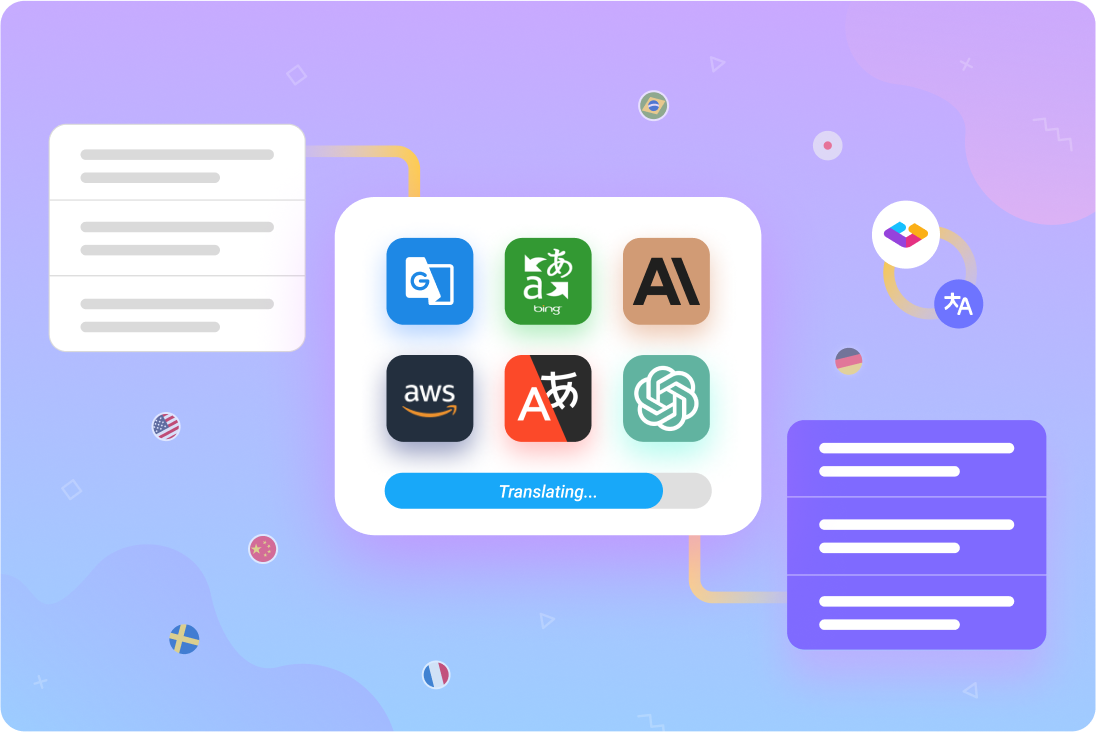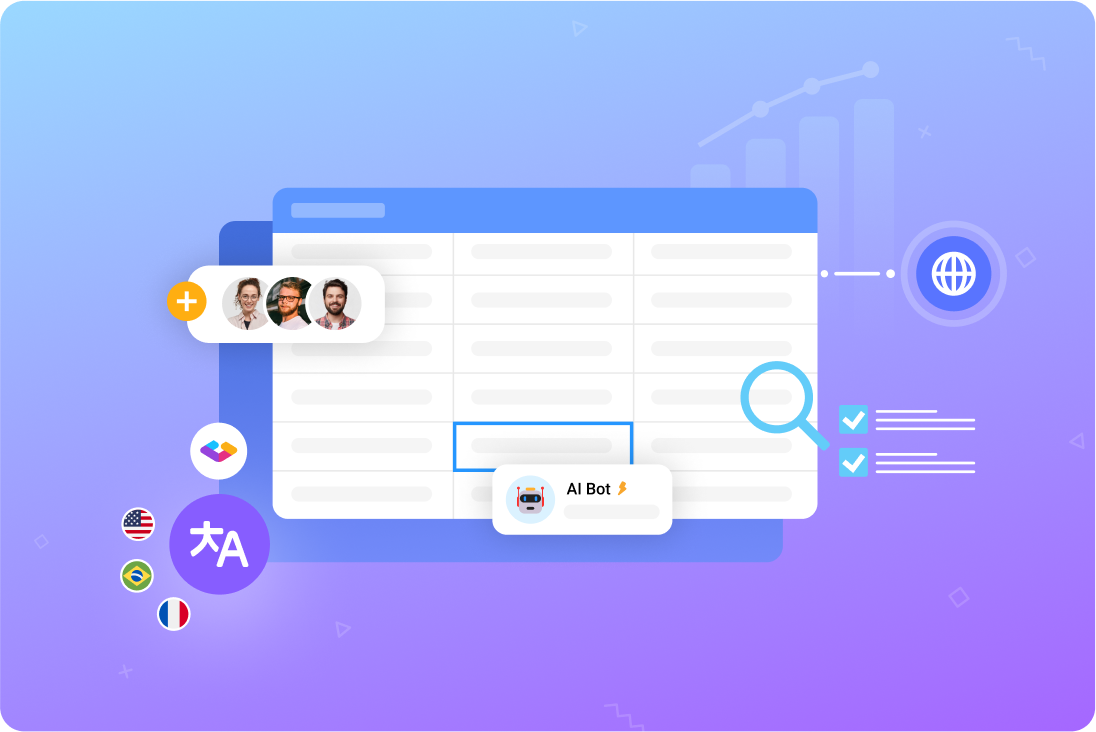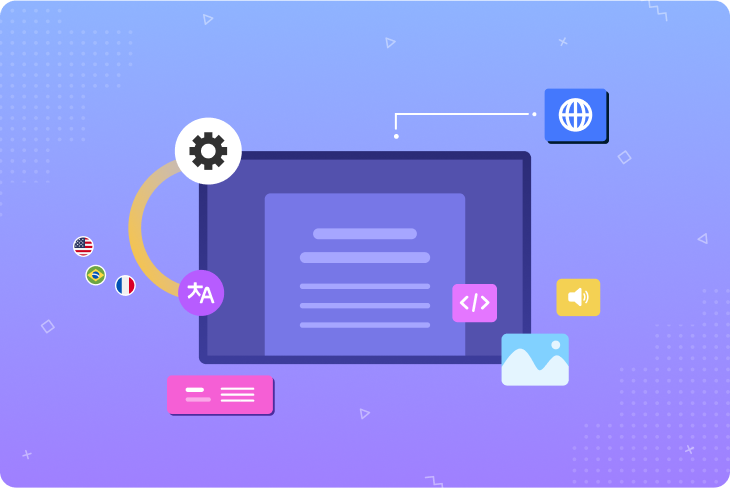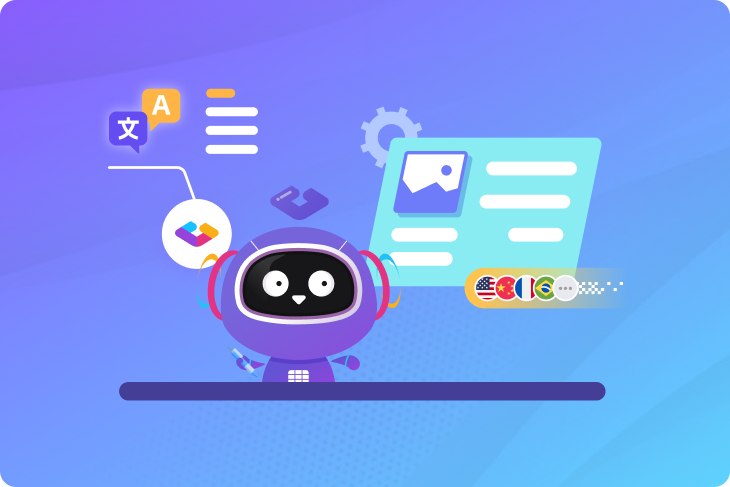Continuous localization becomes mandatory
Waterfall localization is a plodding, step-by-step approach that saves the entire localization phase until after all of a project’s content is complete. While this approach may have been viable in the days before the LiveOps system of game content management arose, waterfall localization can’t keep pace with the SaaS and GaaS models that are standard today.
Instead, you’ll need an adaptable localization workflow that can pivot to new priorities and address new content as it’s created. This rolling model of localization alongside content creation and product development is known as continuous, or agile, localization.
Simultaneous localization with product development saves time and allows your localization and development teams to collaborate in real time to negotiate solutions to challenges as they arise — essential for handling a greater speed of content updates for localization. It’s one of the main benefits of agile localization.
Thorough internationalization is critical for success
Internationalization (i18n) is a pre-localization phase that preps content to be localized. Depending on the shape of your content, internationalization can either be smooth and easy, or convoluted and fraught with tension between the product, development, and localization teams.
Designing a product with localization in mind can net significant time savings later down the pipeline where significant internationalization changes would otherwise need to occur.
- Use an external string repository: Developers can add localization tokens to their code that refer to text strings stored in an external content repository. Localizing hard-coded text is highly time-consuming and error-prone, while having to rework product code later can cause friction between development and localization teams.
>> Learn more about managing strings for translation
- Design layouts to accommodate multiple languages: The same word or phrase in one language may require more space when translated to others. Save your dev team the trouble of reworking their layouts by allocating sufficient space ahead of time.
- Overlay text on images: When text is baked into your images, designers need to create new versions for every language. Use a content system that can automatically overlay text on top of images so your design team can focus on other priorities during the localization process.
These are just a few of the ways to apply the principles of internationalization across product development, freeing up resources that’ll you’ll need when content updates start speeding up.
Automation plays a much greater role
An efficient localization workflow is much more resilient in the face of frequent content updates than one bogged down by repetitive, redundant tasks. That’s where automation comes in — by automating simple administrative or mundane tasks, you’ll enable your team to focus their attention on more important responsibilities.
- Importing and exporting strings: Rather than manually copying and pasting strings between the product code and localization workspace, automation enables everyone on your team to push and pull content around with a single click.
- Screenshot collection: A screenshot tool can automatically detect every string in your game or app, then screenshot it. Your testers can evaluate the screenshots rather than navigate through your product manually.
>> Learn more about enhancing localization QA
- Functionality testing: Automated browser scripts can explore your localized website in seconds to check whether each link and form is still functional.
- Status tracking: There’s no time wasted manually assigning tasks or performing status updates when all team members know at a glance which strings to work on.
Writers, testers, designers, and developers can all absorb a higher rate of content updates because they aren’t bogged down with busywork. Automated localization status tracking and task assignment tells you immediately how your project is progressing and ensures everyone understands their priorities.
Localization teams must have autonomy
When first starting out with localization, you might find that your executives want to play an active role or at least keep an eye on the progress. And while that’s manageable when content updates are few and far between, having to submit reports or request permissions for every single step will soon become unsustainable.
Consolidate your localization personnel under one organizational umbrella, likely headed by a localization project manager — maybe that’s you. There’s no need to waste time slogging through layers of middle management every time you need a key stakeholder’s involvement or want to invest in new localization tech.
This way, as content updates occur more frequently, you can scale your localization strategy and get to work without any bureaucratic red tape holding you back.
Relying on a single LSP is a mistake
With more and more content updates to work on, you may need to outsource some or all of your translation work to a localization service provider (LSP). Many of them will be able to interface directly with your content management platform for seamless and automated content delivery.
While this is undoubtedly a benefit, don’t construct your localization ecosystem around their tech. You never know when your LSP will miss a deadline, raise their rates beyond what you can afford, or perhaps even shift away from serving your business needs.
Use localization technology to build a pipeline that serves your team and into which LSPs can fit, not the other way around. Just in case things go south, you’ll be able to switch to another LSP without having to reconstruct the way your team works,
The right localization tech makes frequent content updates easy
Agile localization is the optimal workflow for frequent content updates — and a strong, centralized content management system makes it possible. With everyone collaborating in one platform, the roadblocks that hold many teams back from rapid content updates simply aren’t present.
Gridly gives you all the tools you need to set your localization team up for success. Automate the busywork that slows everyone down and empower your team to perform the meaningful work that counts. Streamline your workflow with customizable workspaces that keep everyone dialed in on their priorities while avoiding unwanted changes and errors.
Bring your team together in a single source of truth for all your content, and empower everyone to handle rapid content updates with confidence and ease.
>> Discover more about how Gridly can boost your localization workflow
>> Find out how Gridly’s powerful features can set your team up for success
>> See how easy it is to integrate Gridly into your ecosystem










